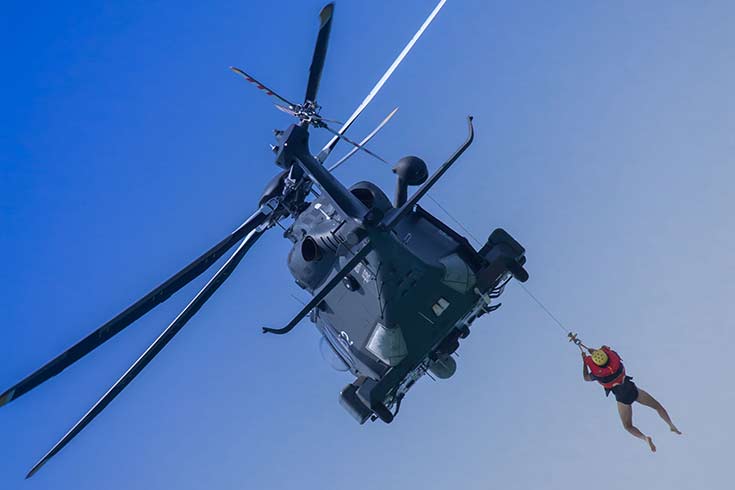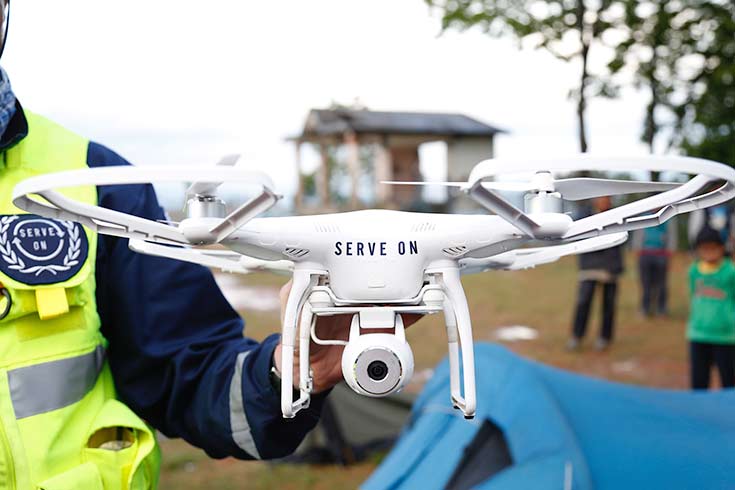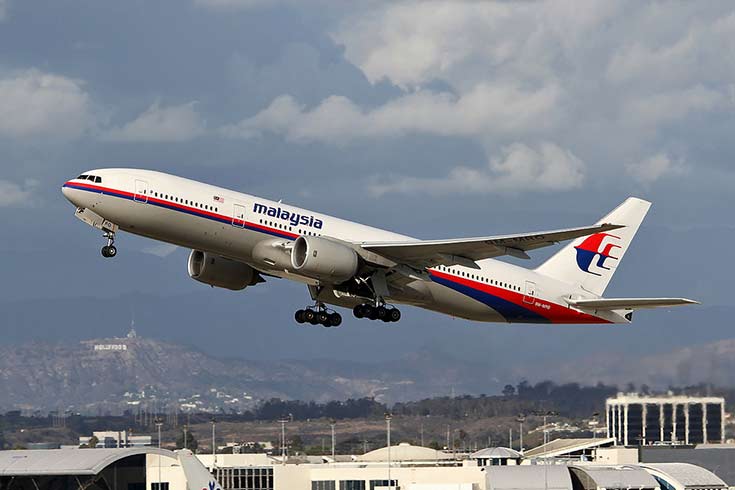Introducing the CRJ Search & Rescue blog
This new Search and Rescue blog series will take a critical look at some of the innovative developments and new technology in the SAR sphere, explore trends and case studies, review events, and report on burning issues, says the blog’s Editor, Martin Boyle

Search and Rescue industry is carried out on land, at sea and by air (Matteo Massi / 123rf)
When you mention Search and Rescue (SAR) to someone their ears prick up and they genuinely want to know more. It's an exciting and emotive area that many people would love to be involved in; however few actually get to experience this area.
The global SAR industry encompasses a very diverse group of people, from professionals to volunteers, civilians to law enforcement and military, across every conceivable environment on the planet.
SAR is carried out on land, at sea and by air, with many specialist sub disciplines in each context. It’s important work that’s done all over the world on a daily basis. If you can relate to any of the above then this blog is for you.
It's an exciting time to be part of the SAR industry. New developments in technology are set to revolutionise the way we go about our business. It’s been widely reported that drones are a game changer for SAR and emergency response in general, as they enable large areas of difficult terrain to be searched safely and far quicker than using conventional land teams.

A member of ‘Serve On’ holds up a flying drone - used to help identify areas worst-hit by the earthquake in Nepal. Drones are becoming game-changers in SAR (DFID / Jessica Lea)
The new Medium-altitude Earth Orbit Search and Rescue (MEOSAR) satellites system will also give near instantaneous detection for distress beacons. The full operational constellation will provide global coverage including past 75° latitude, which the current Cospas-Sarsat does not. This is of enormous benefit to those of us working and conducting SAR in the polar latitudes. What will search and rescue look like in 10 years time?
Local, national and international media are increasingly reporting on SAR missions such as the search for the missing Malaysian aircraft MH370 and humanitarian SAR in the Mediterranean Sea, bringing multi national operations into people’s living rooms.

Another area where Search and Rescue came to the forefront of the news was during the search for the missing Malaysia Airlines flight that disappeared on March 8, 2014 (photo: Paul Rowbotham under CC license)
The recent operation off the Libyan coast whereby 10,000 people were rescued in 48 hours is an astonishing number for most people to comprehend. The logistics and coordination between SAR agencies and aid groups was phenomenal. As people interested in SAR, we need to take time to consider the challenges and lessons learnt from these high profile cases. We can all benefit from the cross-pollination of ideas, sharing of information, and new ways of thinking.
Over the coming months, this blog will take a critical look at some of the innovative developments and new technology in the SAR sphere, explore trends and case studies, review events, and report on burning issues relevant to the industry.
In the meantime CRJ has some great articles on SAR in Iceland (CRJ 4:1), Iran (CRJ 10:1), Siberia (CRJ 11:4), China and Antarctica (CRJ 9:4) that you should read.
Welcome to the CRJ SAR blog!
Martin Boyle, 24/10/2016